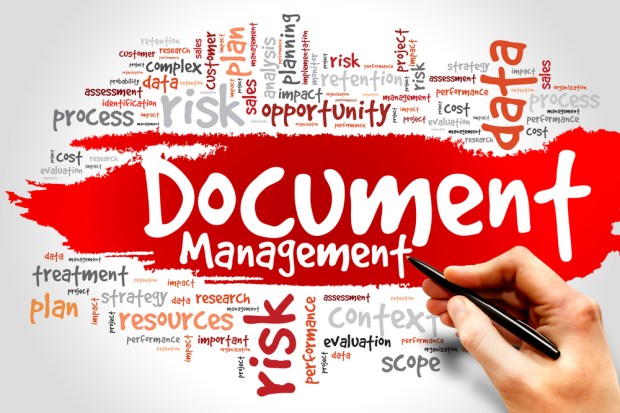Taming The Document Deluge

Moving toward the digital workplace is no small task, but saves businesses time and money. Here’s how Laserfiche intends to speed the process with its newest software.
Every firm, regardless of industry or size, needs to control costs, both real and intangible. Real costs cover everything from salaries to health plans to raw materials; intangible costs stem from wasted manpower hours and lost documents, which translate, ultimately, into lost business.
But there are also costs — perhaps not as noticeable — tied to managing the steady and, at times, torrential, flow of documents that move within and outside of organizations.
To that end, enterprise content management vendor Laserfiche has focused for years (since 1987, in fact) on helping companies go paperless. And most recently, the firm has released Laserfiche 10, which is the latest iteration of its enterprise content management software, incorporating social and mobile elements into the platform to help companies streamline internal processes.
In a series of offerings through the software itself, Laserfiche offers templates (more than 100 of them) that can be used by various departments within a firm for specific functions, ranging from IT to accounting. The company’s templates also can be tailored to specific industries, such as education or health care.
In an interview with PYMNTS, Linda Ding, financial program strategist with Laserfiche, said that the newest software development is geared toward redesigning and redirecting the flow of information throughout the enterprise. “The role of automation in content management,” she said, “is one that helps lead to a digital marketplace” and one that helps move away from older, legacy processes that involve scanning or paperwork.
Paper can foster boxes of documents piling up in storage facilities and overstuffed filing cabinets. Some industries that benefit most immediately from robust enterprise content management platforms, according to Ding, include higher education, financial services and health care, where documents can cross across any number of desks (or rather computers) and departments.
The new software offers business analytics that can, for example, track documents, such as invoices, from inception to approval to payments (fulfilling the invoice) in real time and track who “touched” the document, if only virtually. In addition, said tracking can see who is maintaining a hold on a document, slowing down processing and creating inefficiencies, which can have an impact on cash flow cycles, eventually.
Managers or decision-makers (say, a lone soul who has ultimate approval over payments, hypothetically speaking, at a smaller nonprofit) can get a “push” notice through the software, via email and other alerts.
In a nod to the ability of employees themselves to have a positive impact on internal processes, the newly added social media aspect of the software allows team members to engage in dialogue with one another and other departments and even offers suggestions across unified platforms. Team members can even shift assignments (as Ding noted, as an employee is on vacation, for example), which helps continuity of workflow.
Collaboration remains key amid all this interaction, and, noted Ding, Laserfiche 10 is driven by graphical interfaces and dashboards that can tell what deliverables are due when (color-coded) and how tasks are distributed among users.
Addressing the ever-present issue of security, having electronic data tracking, encrypted document access and access limited by job function — not to mention the absence of oh-so-vulnerable paper files — Ding maintained that such features are increasingly valuable in a compliance and regulatory environment that demands accurate tracking and real-time retrieval.
So, what does this all mean for results? Cash flow improves with shorter invoice times, and visibility into how workers are dealing with outside vendors helps with supply chains, especially across borders and as companies become increasingly global.
